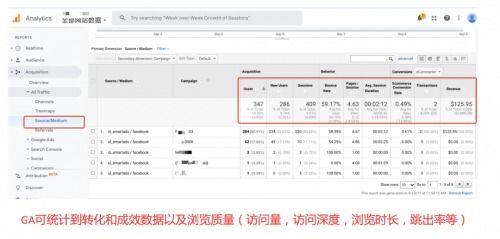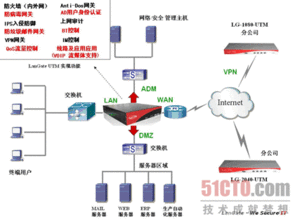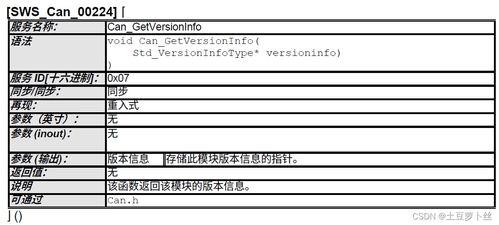Can Ad Blockers Strip UTM Parameters from Google Ads Links?
Understanding the relationship between ad blockers and UTM parameters in Google Ads links is crucial for marketers and advertisers. UTM parameters are essential for tracking the performance of online campaigns, but ad blockers can potentially interfere with this process. In this detailed exploration, we will delve into how ad blockers might strip UTM parameters from Google Ads links, the implications of this, and what you can do to mitigate the issue.
What are UTM Parameters?

UTM parameters are snippets of text added to the end of a URL. They provide valuable data about the source, medium, campaign, term, and content of a link. For example, a URL with UTM parameters might look like this: https://www.example.com/?utm_source=google&utm_medium=cpc&utm_campaign=spring_sale&utm_term=sale&utm_content=ad1. These parameters help advertisers understand where their traffic is coming from and how effective their campaigns are.
How Do Ad Blockers Work?

Ad blockers are designed to block advertisements from loading on web pages. They work by detecting and blocking scripts, images, and other elements that are commonly used to display ads. While ad blockers are primarily aimed at reducing clutter and improving user experience, they can also inadvertently block other elements, including UTM parameters.
Can Ad Blockers Strip UTM Parameters from Google Ads Links?

Yes, ad blockers can potentially strip UTM parameters from Google Ads links. This happens because ad blockers are designed to block scripts and other elements that are commonly used to load ads. UTM parameters are often included in these scripts, so they can be blocked along with the ads.
Implications of Ad Blockers Stripping UTM Parameters
When ad blockers strip UTM parameters from Google Ads links, it can lead to several issues:
| Issue | Description |
|---|---|
| Inaccurate Tracking | Without UTM parameters, it becomes difficult to track the performance of specific campaigns and channels. |
| Reduced Data Quality | Less data means less insight into the effectiveness of marketing efforts. |
| Increased Costs | Without accurate tracking, advertisers may end up spending more on ineffective campaigns. |
How to Mitigate the Issue
While it’s impossible to completely eliminate the risk of ad blockers stripping UTM parameters, there are several strategies you can use to mitigate the issue:
- Use a Different Tracking Method: Consider using alternative tracking methods, such as cookies or pixel tracking, to complement UTM parameters.
- Optimize Your Ad Content: Create high-quality, engaging ad content that is less likely to be blocked by ad blockers.
- Target Non-Ad Blocker Users: Focus on reaching users who are less likely to use ad blockers, such as those on mobile devices or social media platforms.
- Monitor Your Campaigns: Regularly review your campaign performance to identify any discrepancies in tracking data.
Conclusion
While ad blockers can potentially strip UTM parameters from Google Ads links, it’s not the end of the world for advertisers. By understanding the issue and implementing strategies to mitigate it, you can still effectively track and optimize your online campaigns. Remember that the key to successful advertising lies in continuous testing, learning, and adapting to the changing landscape of the digital world.













